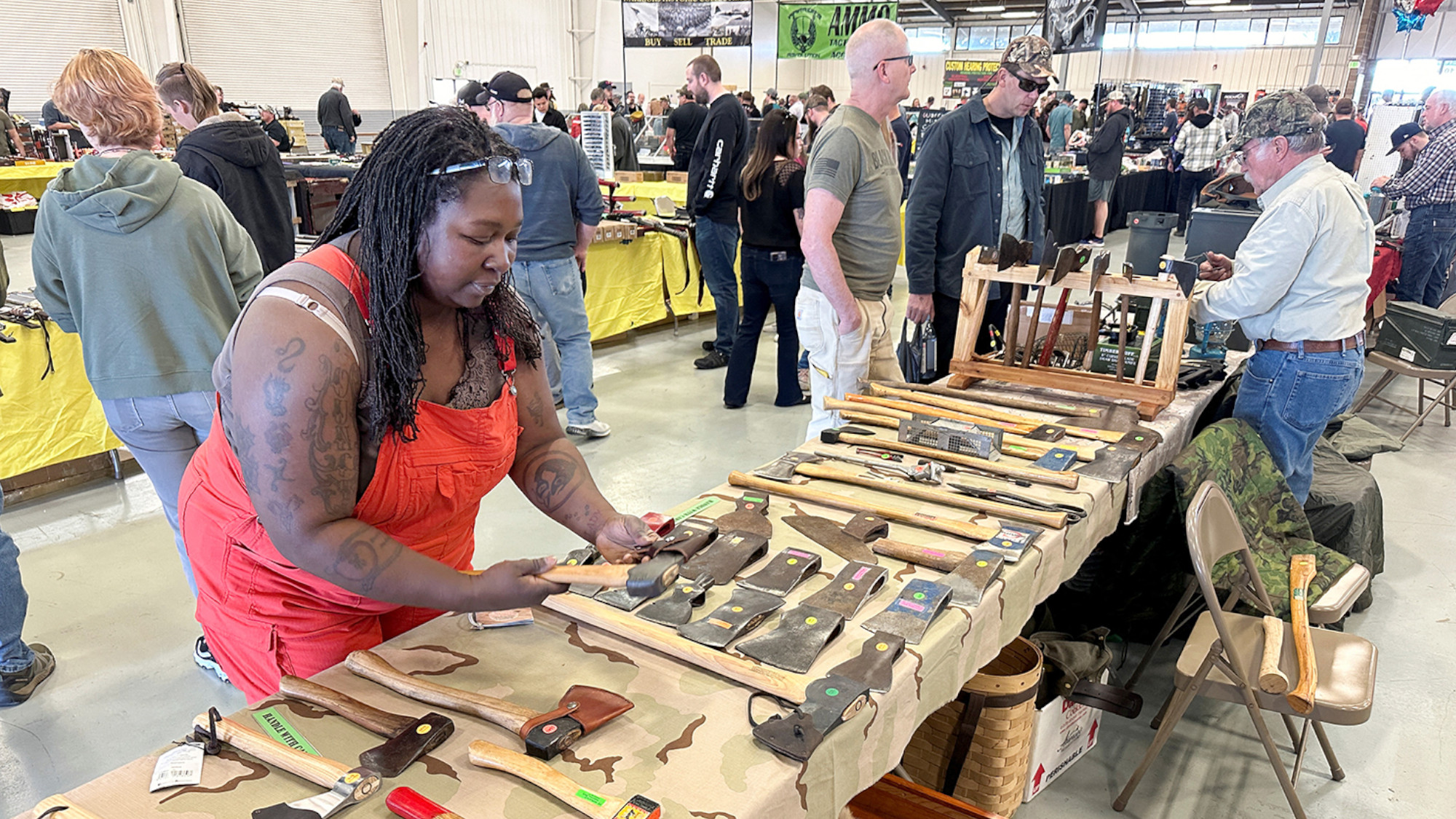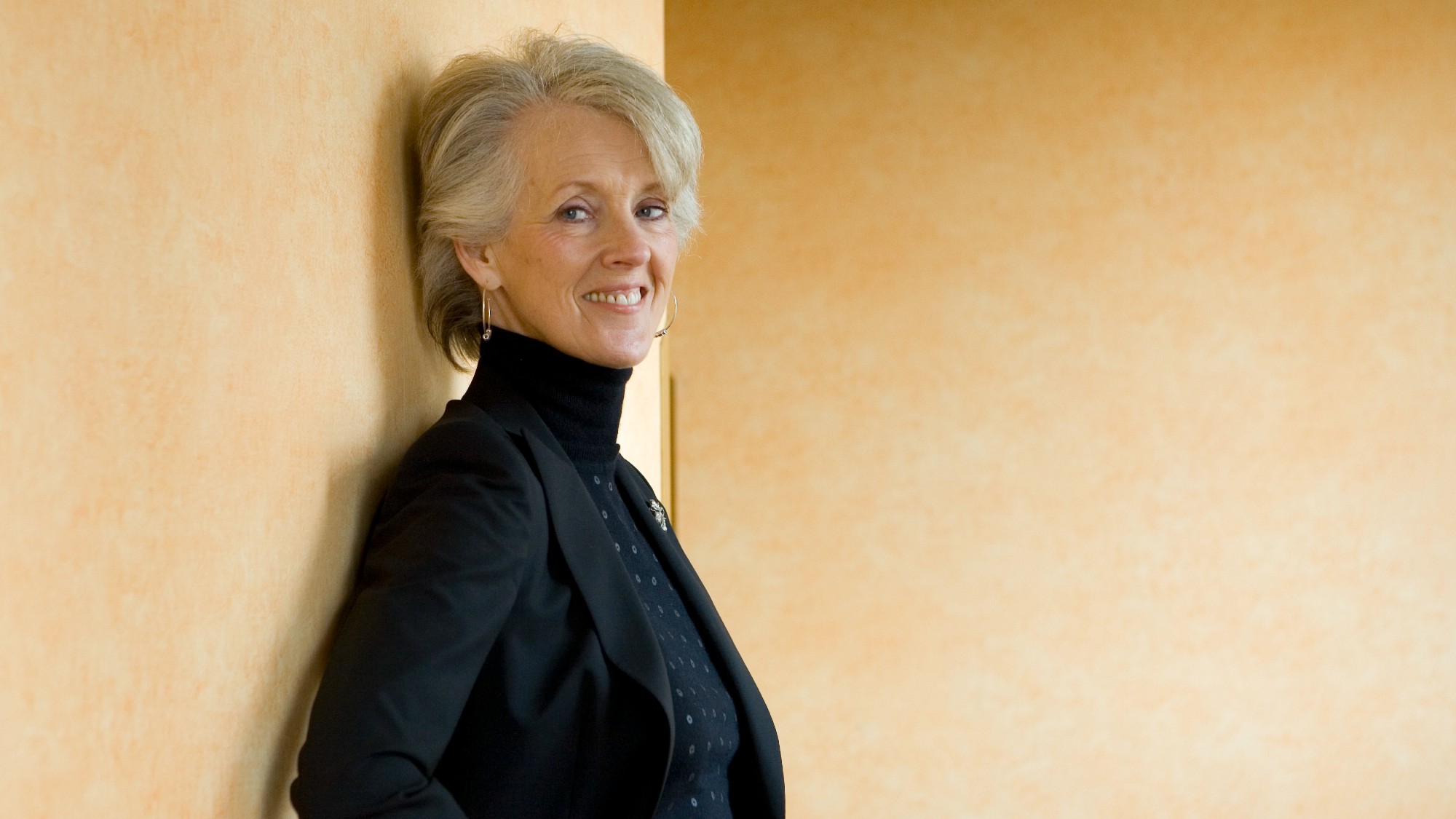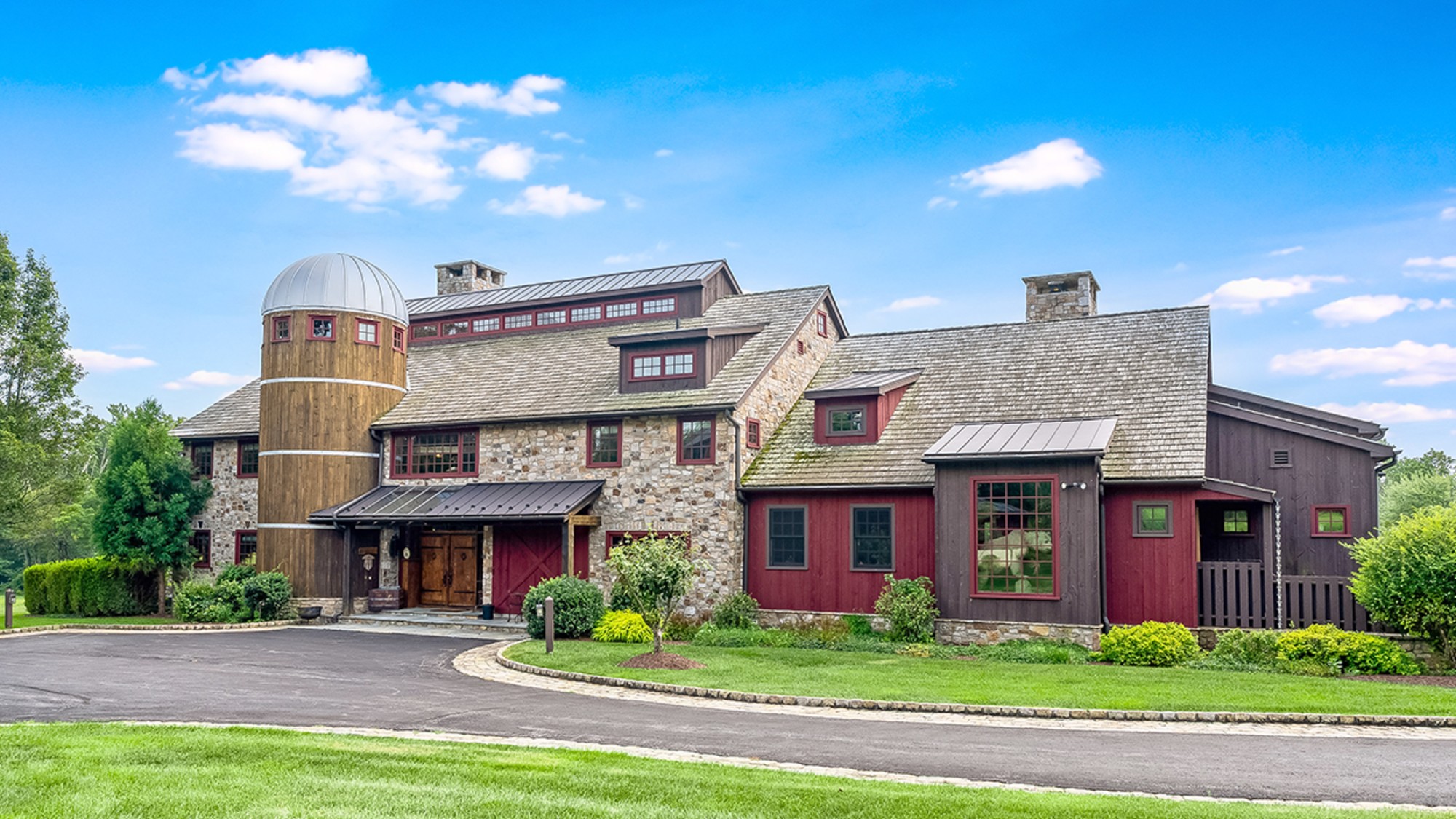Ready for the apocalypse
As anxiety rises about the state of the world, the ranks of preppers are growing—and changing.

What exactly is a prepper?
It’s anyone who anticipates a calamity resulting in some degree of social collapse, and makes plans—or prepares—to survive independently. Behind that definition lies a gamut that runs from suburbanites with “bugout bags” to survivalists with basements full of firearms, Spam, and canned beans to tech moguls investing in underground bunkers with spa suites. They’re driven by fears of weather catastrophes, nuclear strikes, civil war, mass disease, the coming of Biblical end-times, and anything else that might force citizens to fend for themselves. John Ramey, a Silicon Valley entrepreneur and founder of The Prepared—a “rational” website that offers guidance on such matters as bugout bag essentials (first aid kits, lifeboat rations) and the best body armor and survival knives—says only one thing links today’s preppers: They’re “people who are smart enough to be aware of what the world is like...and have the gumption to do something about it.”
How many preppers are there?
More than 20 million. That’s according to Chris Ellis, a U.S. Army colonel and leading researcher into the movement, who analyzed household resiliency data from FEMA. Ellis, who classifies a prepper as someone who could survive independently for 30 days, said the number has roughly doubled since 2017, which tracks with anecdotal reports from the prepper community. The pandemic took things to “a whole new level,” said Roman Zrazhevskiy, who runs a Texas-based survivalist store. Demand surged so much in the first months of Covid that he had to hire seven new employees just to answer emails. It was, he says, “kind of a customer service nightmare.” Subsequent scares and disasters have drawn only more preppers. Carrie Smith, a Montanan in her mid-30s, said the 2023 sighting of a Chinese spy balloon over the U.S. made her realize she “needed to take matters into my own hands.” She and her husband have since bought four generators, three 55-gallon water drums, piles of freeze-dried foods, and guns and tasers. And while the prepper community is growing fast, it’s also rapidly diversifying.
How is the movement changing?
The archetypal prepper is a white, rural, conservative male. But those who study, advise, and market to preppers report that liberals, city dwellers, and people of color are increasingly entering the fold, especially since President Trump’s re-election. Shane Hobel, who teaches survival skills in upstate New York, says his clients now include not just “soldier of fortune” types but women and Democrats—“people who used to make fun of my school.” While some liberal preppers cite climate change as their main driver and the fear that the government will be unable or unwilling to help, others worry that the U.S. could be engulfed by political violence. People understand “that the world as we knew it and counted on it is beginning to cease to be,” said Eric Shonkwiler, who writes the left-wing prepper newsletter When/If. As those fears rise on the Left and Right, a booming industry has emerged to serve the prepping community.
The Week
Escape your echo chamber. Get the facts behind the news, plus analysis from multiple perspectives.

Sign up for The Week's Free Newsletters
From our morning news briefing to a weekly Good News Newsletter, get the best of The Week delivered directly to your inbox.
From our morning news briefing to a weekly Good News Newsletter, get the best of The Week delivered directly to your inbox.
What is the industry worth?
U.S. preppers spent $11 billion on gear in 2023, according to a Finder.com survey, and the market is still expanding. Preppers are snapping up water filtration systems, hand-cranked radios, manually powered grain mills, and pepper spray and other self-defense tools. Costco sells the $100 Readywide Emergency Food Supply, a “curated” 150-serving bucket of freeze-dried and dehydrated foods. Business is up at Preppi, which offers emergency preparedness bags ranging from a $50 basic model to the $4,995 Ultra Advanced bag, which includes a night vision scope, respirator masks, and “luxe comforts” such as Malin+Goetz toiletries. Ron Hubbard, CEO of Atlas Survival Shelters, says fears of unrest since 2020 have tripled sales of his bunkers, which run from $20,000 into the millions. “They think civil war or revolution is coming,” he said of his customers. Others sell space in survivalist communities.
What do those communities look like?
California-based Vivos Group is leasing space in what it calls the world’s “largest survival shelter community,” 575 empty ex-Army concrete bunkers on South Dakota grasslands. In Kansas sits the Survival Condo, a former missile silo converted into a 15-story survival habitat with a movie theater, bar, swimming pool, rock-climbing wall, and units that start at $1.2 million. Then there’s Fortitude Ranch, a collection of eight compounds around the country founded by a retired U.S. Air Force colonel. Over 1,000 members have paid from about $2,000 (which gets you “shared bunk spaces”) to $41,000 to become members, plus annual dues up to $1,550. The compounds are stocked with solar panels, food and medicine, farm animals, and guard dogs. “It’s like the old saying goes,” said a retired CIA officer who has bought in: “When trouble is on the horizon, a wise man takes precautions.”
Will preppers’ plans actually work?
Some experts are skeptical, especially about how lone-wolf survivalists will fare in an actual catastrophe. Shonkwiler cites the example of a lone prepper “in a MAGA hat” who breaks his leg, gets gangrene, and “he’s done. That’s a month into the apocalypse, and all his guns did nothing for him.” He and other lefty preppers say they offer a more realistic vision that emphasizes community and mutual support in the face of disaster. Of course, many dismiss preppers of any ideology as wild-eyed paranoiacs. But Michael Mills, a British social scientist who studies preppers, says amid rising worries of societal breakdown, a growing number of people are rethinking that view. “There is a bigger question floating in the air,” he said. “Are preppers crazy, or is everyone else?”
Surviving in style
As ordinary preppers stock up on freeze-dried meals and first aid kits, their billionaire counterparts are making plans to ride out the apocalypse in luxury. So say builders of shelters for wealthy clients who aim to be ready when, in prepper parlance, SHTF (shit hits the fan). Bunkers are the “new status symbol of the elite,” said Larry Hall of Survival Condo, who builds shelters that might include gyms, pools, libraries, and shooting ranges. Hubbard of Atlas Survival Shelters said a high-end “buying frenzy” erupted in 2023 when it was reported that Meta CEO Mark Zuckerberg’s new Hawaii compound included a 5,000-square-foot bunker. That spread pales next to a project being built in the Upper Midwest by Virginia-based firm SAFE. It’s a fortress surrounded by a 30-foot moat skimmed with a flammable liquid “that can transform into a ring of fire” said SAFE head Al Corbi. It also has water cannons that can take down helicopters. For billionaire preppers, Corbi said, “it’s like when you or I buy a car. We want a spare tire in the trunk, right?”
A free daily email with the biggest news stories of the day – and the best features from TheWeek.com
-
 5 fairly vain cartoons about Vanity Fair’s interviews with Susie Wiles
5 fairly vain cartoons about Vanity Fair’s interviews with Susie WilesCartoon Artists take on demolition derby, alcoholic personality, and more
-
 Joanna Trollope: novelist who had a No. 1 bestseller with The Rector’s Wife
Joanna Trollope: novelist who had a No. 1 bestseller with The Rector’s WifeIn the Spotlight Trollope found fame with intelligent novels about the dramas and dilemmas of modern women
-
 Codeword: December 20, 2025
Codeword: December 20, 2025The daily codeword puzzle from The Week
-
 Joanna Trollope: novelist who had a No. 1 bestseller with The Rector’s Wife
Joanna Trollope: novelist who had a No. 1 bestseller with The Rector’s WifeIn the Spotlight Trollope found fame with intelligent novels about the dramas and dilemmas of modern women
-
 Appetites now: 2025 in food trends
Appetites now: 2025 in food trendsFeature From dining alone to matcha mania to milk’s comeback
-
 Man vs Baby: Rowan Atkinson stars in an accidental adoption comedy
Man vs Baby: Rowan Atkinson stars in an accidental adoption comedyTalking Point Sequel to Man vs Bee is ‘nauseatingly schmaltzy’
-
 Goodbye June: Kate Winslet’s directorial debut divides critics
Goodbye June: Kate Winslet’s directorial debut divides criticsTalking Point Helen Mirren stars as the terminally ill English matriarch in this sentimental festive heartwarmer
-
 A Christmas Carol (or two)
A Christmas Carol (or two)The Week Recommends These are the most delightful retellings of the Dickens classic from around the country
-
 ‘Capitalism: A Global History’ by Sven Beckert and ‘American Canto’ by Olivia Nuzzi
‘Capitalism: A Global History’ by Sven Beckert and ‘American Canto’ by Olivia NuzziFeature A consummate history of capitalism and a memoir from the journalist who fell in love with RFK Jr.
-
 Frank Gehry: the architect who made buildings flow like water
Frank Gehry: the architect who made buildings flow like waterFeature The revered building master died at the age of 96
-
 6 lovely barn homes
6 lovely barn homesFeature Featuring a New Jersey homestead on 63 acres and California property with a silo watchtower